What Are the Differences Between Coaxial Cables and RCA Cables?
Are they the same type of cable, and can they be used interchangeably in some cases?
Let's consider the differences between these cables.
First, let's look at their appearances.
■ RCA Cable
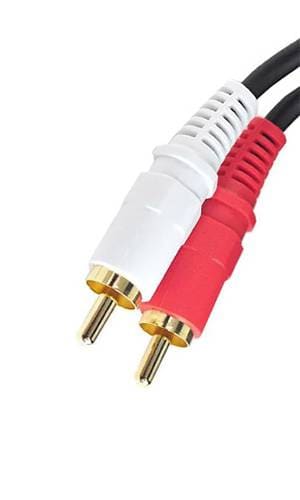
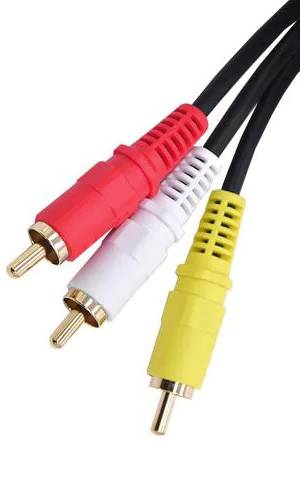
In most cases, the appearance of these two cables is as shown in the images above.
he terminal parts are color-coded. Generally, they are used to transmit "analog" stereo unbalanced audio signals and video signals, with the common understanding being white for the left signal (L), red for the right signal (R), and yellow for the video signal.
Next,
■ Coaxial Cable
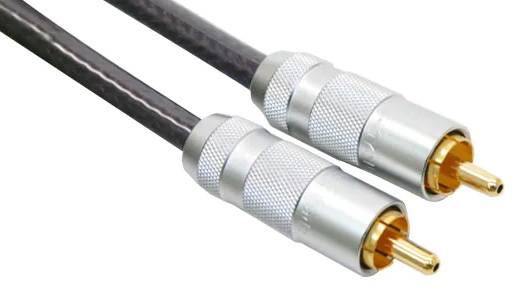
Unlike RCA cables, coaxial cables do not have color-coded terminal parts.
The plug portion is made of metal, and the cable itself has a consistent thickness.
What about the cross-section of the cable when it is cut?
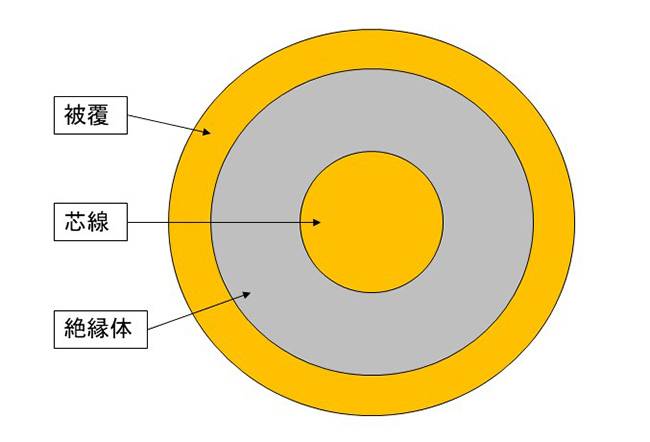
Since both are single-core coaxial cables, their cross-sections are similar as shown above. They are cables with an outer protective shield and a central conductor for signal transmission
From their appearance alone, there aren't many differences, so it's understandable to think they might be interchangeable. So, what is the difference between them?
The decisive difference is something called "characteristic impedance".
"RCA cables" do not have a fixed characteristic impedance, so they are essentially made with less precision.
In contrast, "coaxial cables" are precisely manufactured to maintain a consistent characteristic impedance.
The benefits of having a consistent characteristic impedance include:
- No Signal Noise Interference
- No Signal Quality Degradation Over Long Distances
- No Reflection or Other Issues in High-Frequency Signal Transmission
However, for general household audio/video equipment, "RCA cables" can provide sufficient transmission quality. Additionally, they are more readily available than "coaxial cables," making them a convenient alternative.
So, are there situations where only "coaxial cables" are required?
The benefits of a consistent characteristic impedance include high-frequency signal transmission, which is essential for digital signals.
Therefore, the exchange of digital signals necessitates the use of "coaxial cables."
If a device has labels such as DIGITAL OUTPUT (COAXIAL), it indicates the need to use "coaxial cables."
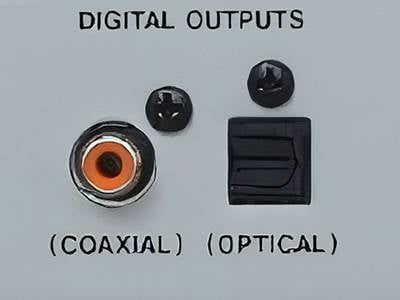
Additionally, when using WORDCLOCK terminals on mixers or audio interfaces, "coaxial cables" are also required. There are actually two types of characteristic impedance for coaxial cables: 50Ω and 75Ω. WORDCLOCK terminals are typically marked with 75Ω, indicating the use of 75Ω coaxial cables. Even if the impedance is not indicated, using a 75Ω coaxial cable is generally safe and ensures proper functionality.
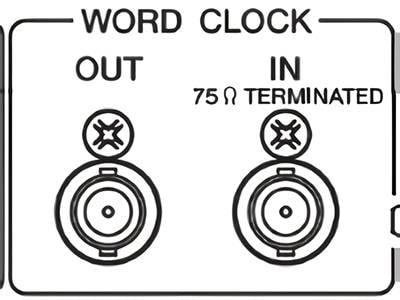
A Brief Explanation of Characteristic Impedance
We've mentioned the existence of 50Ω and 75Ω characteristic impedances. But why are these specific values used? The reason 75Ω is popular for coaxial cables is historical. In the 1960s, it matched the output impedance of the prevalent antennas. This standard has continued to the present day.
For 50Ω coaxial cables, the explanation is a bit technical. The characteristic impedance of 51.1Ω is achieved in coaxial cables with polyethylene (having a dielectric constant of 2.2) as the insulator, minimizing losses due to the skin effect. It is said that engineers at the time rounded this value to 50Ω for easier recall.
This value of 50Ω is the result of various experiments and research, determining that 'the most favorable material for the insulator is XX, and the value for minimal loss is XX' within achievable limits. It is a value that represents a significant human invention.
RCA cables and coaxial cables are different and must be used according to their specific purposes. Understanding their differences and correct applications can ensure optimal performance in your audio and video setups. I hope this explanation has been helpful.






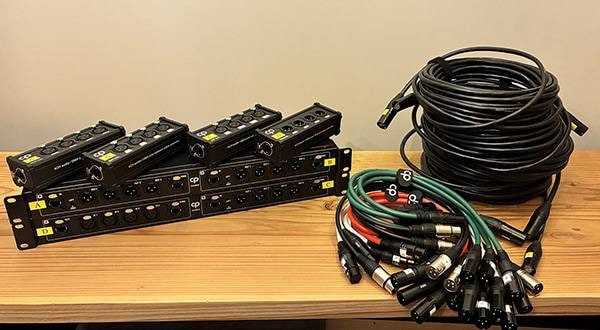
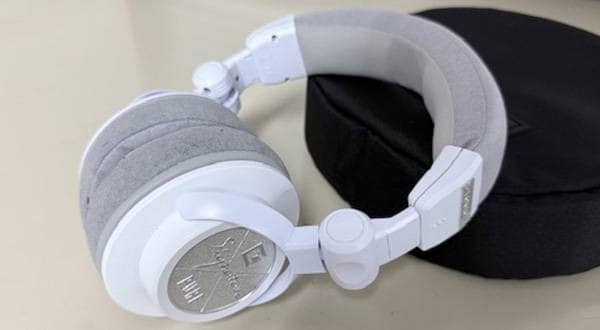
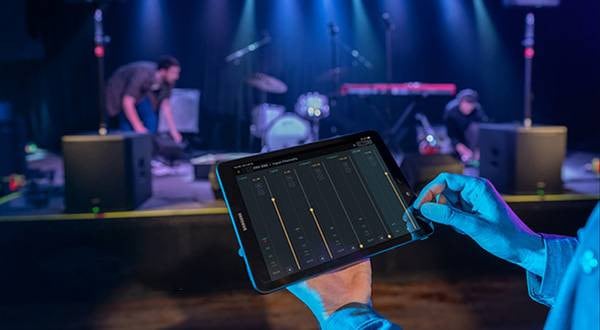
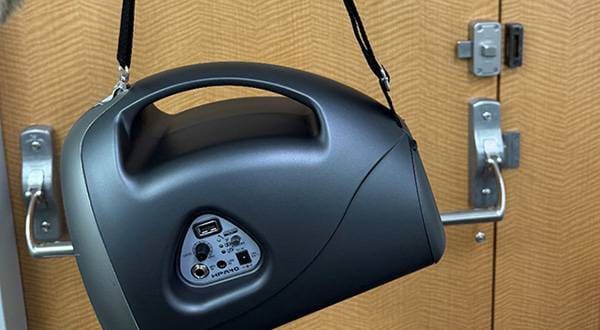
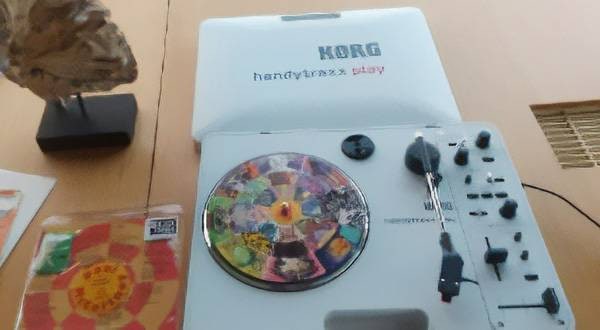

![How to Make a Shielded Cable for Beginners - An Easy-to-Understand Guide on Soldering [Implementation]](/contents/uploads/thumbs/2/2022/4/20220411_2_17445_1.jpg)
![How to Make a Shielded Cable for Beginners - An Easy-to-Understand Guide on Soldering [Preparation]](/contents/uploads/thumbs/2/2022/3/20220310_2_17029_1.jpg)
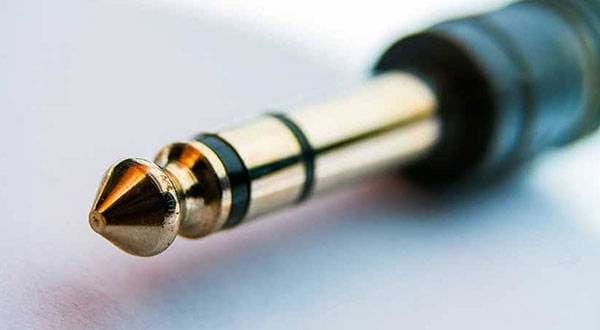
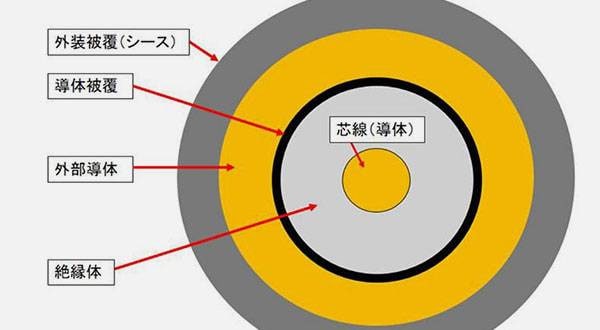
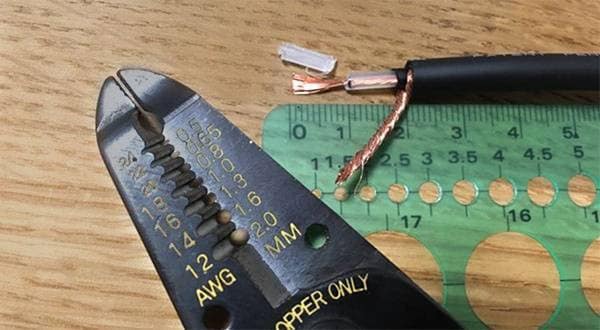
 BOSS MIDIケーブルで広がるパフォーマンスの世界
BOSS MIDIケーブルで広がるパフォーマンスの世界
 マイクケーブルの作り方
マイクケーブルの作り方
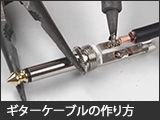 ギターケーブルの作り方
ギターケーブルの作り方
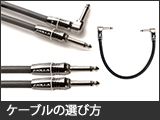 ケーブルの選び方
ケーブルの選び方
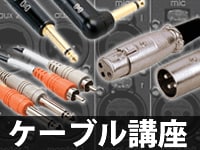 虎の巻 ケーブル講座
虎の巻 ケーブル講座
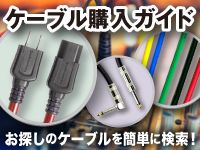 ケーブル購入ガイド
ケーブル購入ガイド















